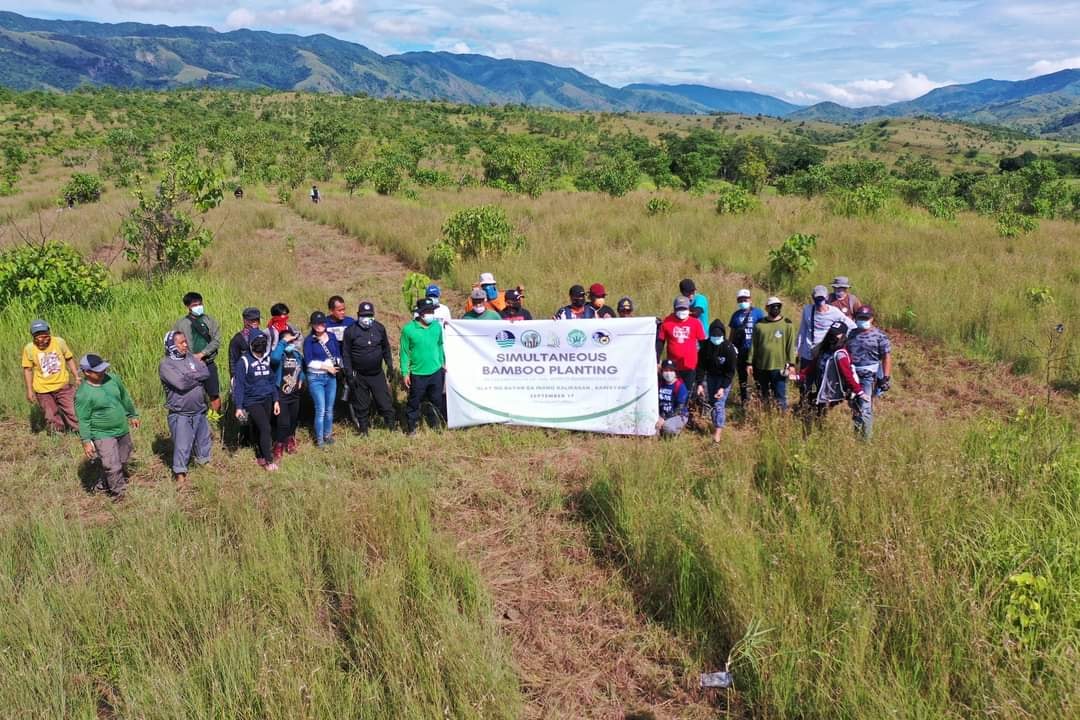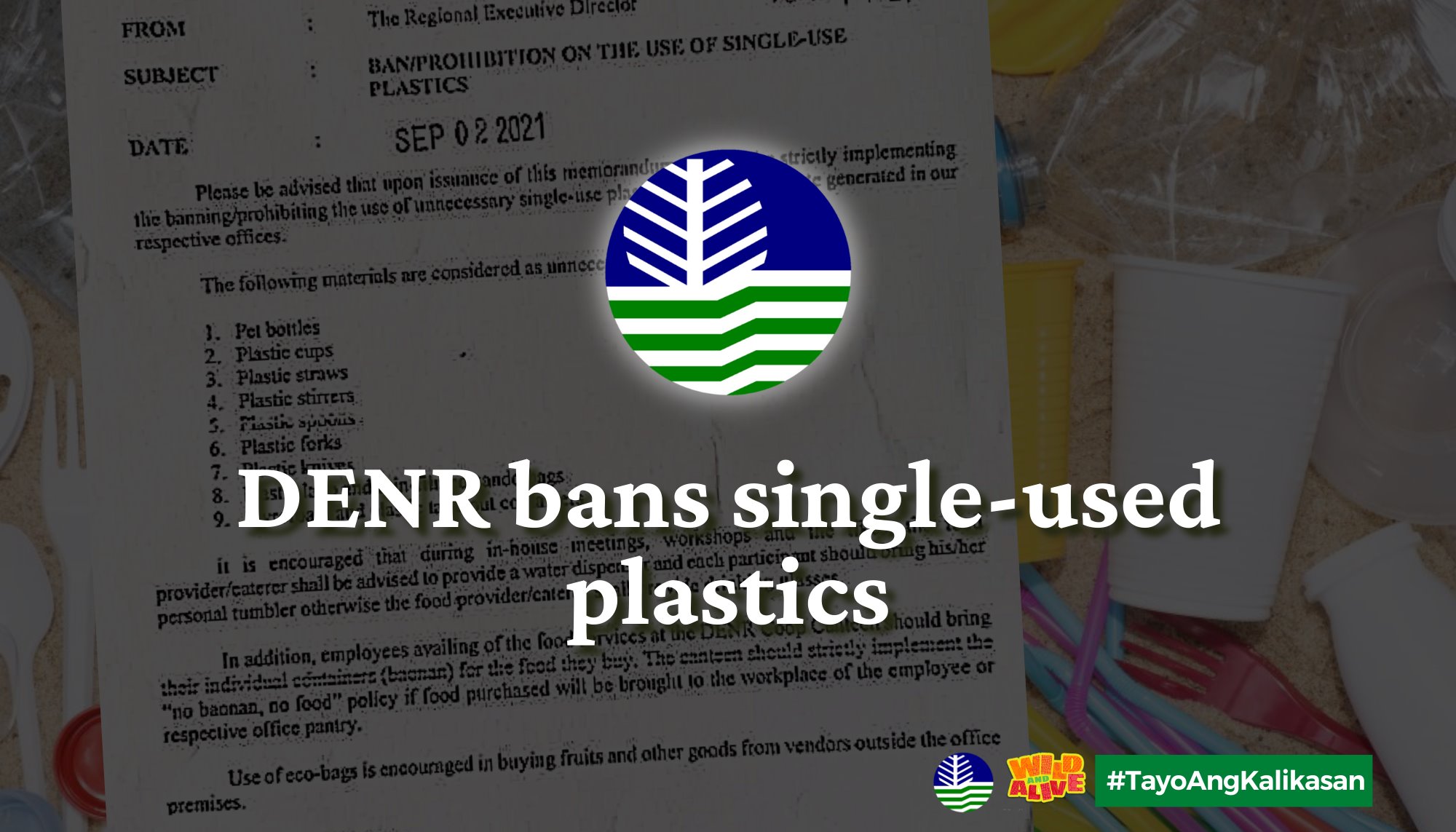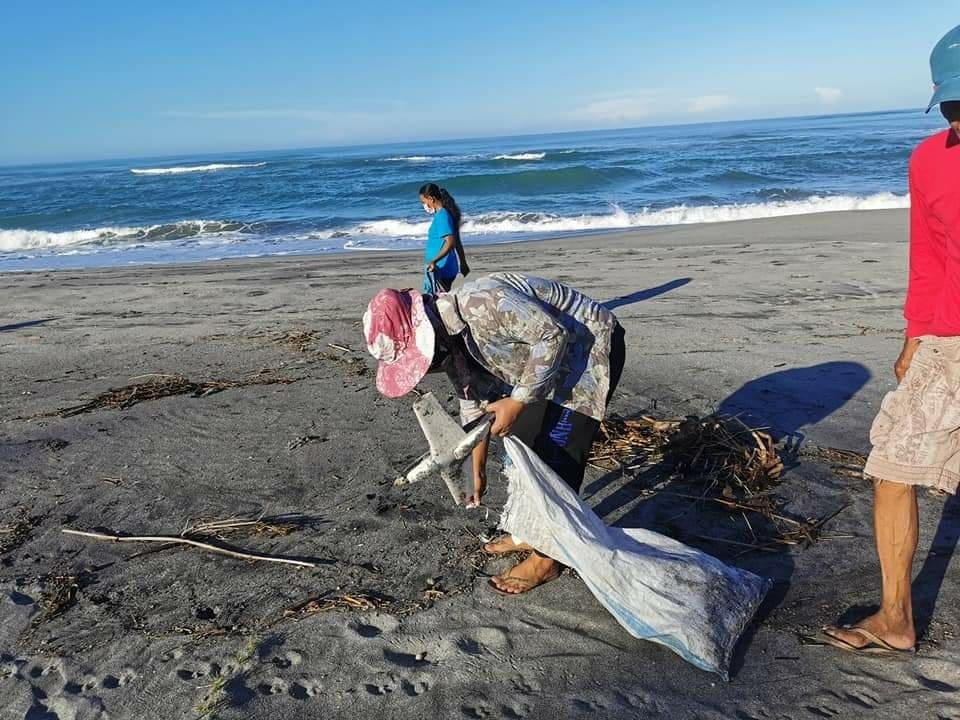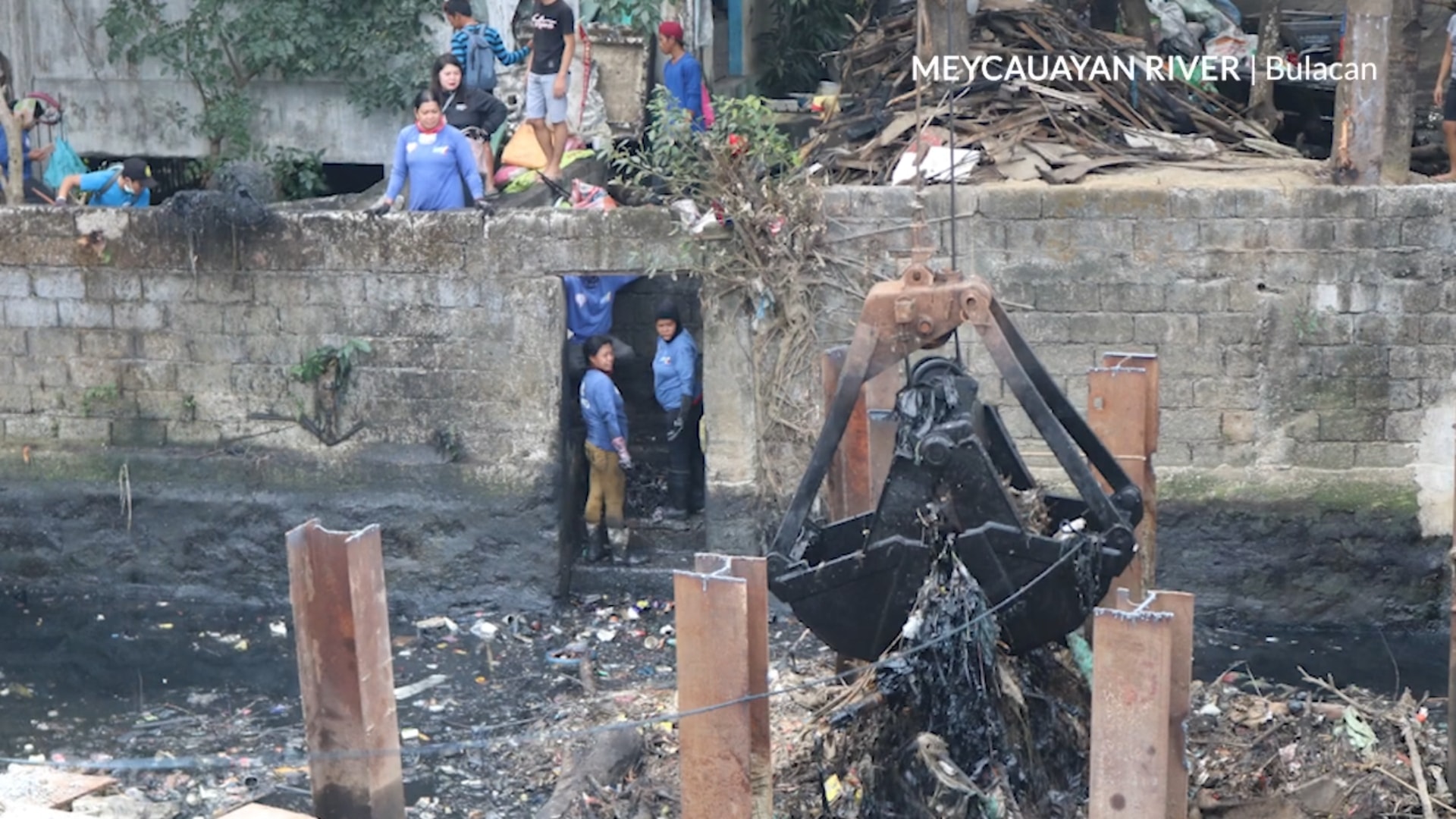DENR seizes over 3K board feet of premium hardwood along Tarlac expressway
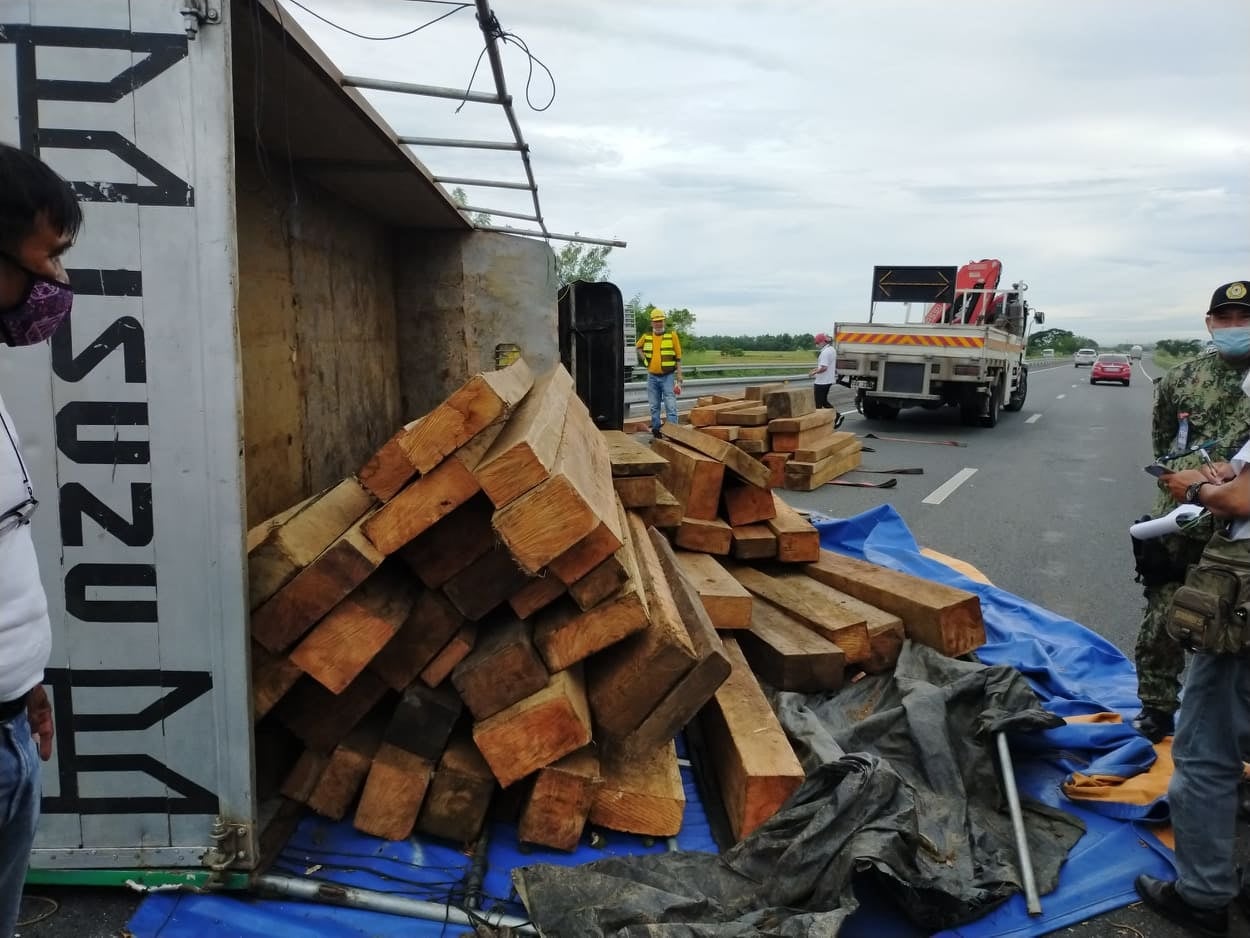
Joint operatives of the Department of Environment and Natural Resources (DENR) - Community Environment and Natural Resources Office (CENRO) here and the Philippine National Police (PNP) in Concepcion town recently seized more than 3,000 board feet of premium Narra flitches worth over P290,000 along the Subic-Clark-Tarlac Expressway (SCTEX).
Alfredo Nepacena, chief of Monitoring and Enforcement Section (MES) of CENRO Capas, said they received a report that a vehicular accident occurred along the Concepcion and Luisita toll gates of SCTEX in Barangay Tinang in Concepcion town, involving a truck loaded with Narra flitches.
"We initially had a hard time locating the vehicle, and sought the assistance of PNP Concepcion, SCTEX security personnel and the Municipal Environment and Natural Resources Office (MENRO) of Concepcion in search of the truck," he said.
Upon locating the accident site, the damaged vehicle was already abandoned and only Narra flitches and bunches of banana fruits were left scattered along the expressway causing slight traffic congestion.
Nepacena said the forest products were presumed illegally sourced, since there were no legal documents accompanying the shipment while according to some nearby residents, the driver and his assistant were allegedly picked up by an unidentified persons riding an SUV, who were then assumed to be escorting the Narra shipment.
The seized lumber products and conveyance truck are now impounded at CENRO Capas and will undergo administrative adjudication proceedings to determine who are liable for violation of Presidential Decree No. 705 or the Forestry Reform Code of the Philippines.
Narra is a critically endangered species and the collection and trading of this plant is prohibited under DENR Administrative Order 2007-01 or Establishing the List of Threatened Philippine National Plants and Their Categories, and the List of other Wildlife Species, unless it is covered by a permit from DENR.
DENR records show that over 294,687 board feet of illegal lumber worth P16 million have been apprehended in the region since 2020. (-30-)
- Details
- Parent Category: News & Events
- Category: Press Releases

